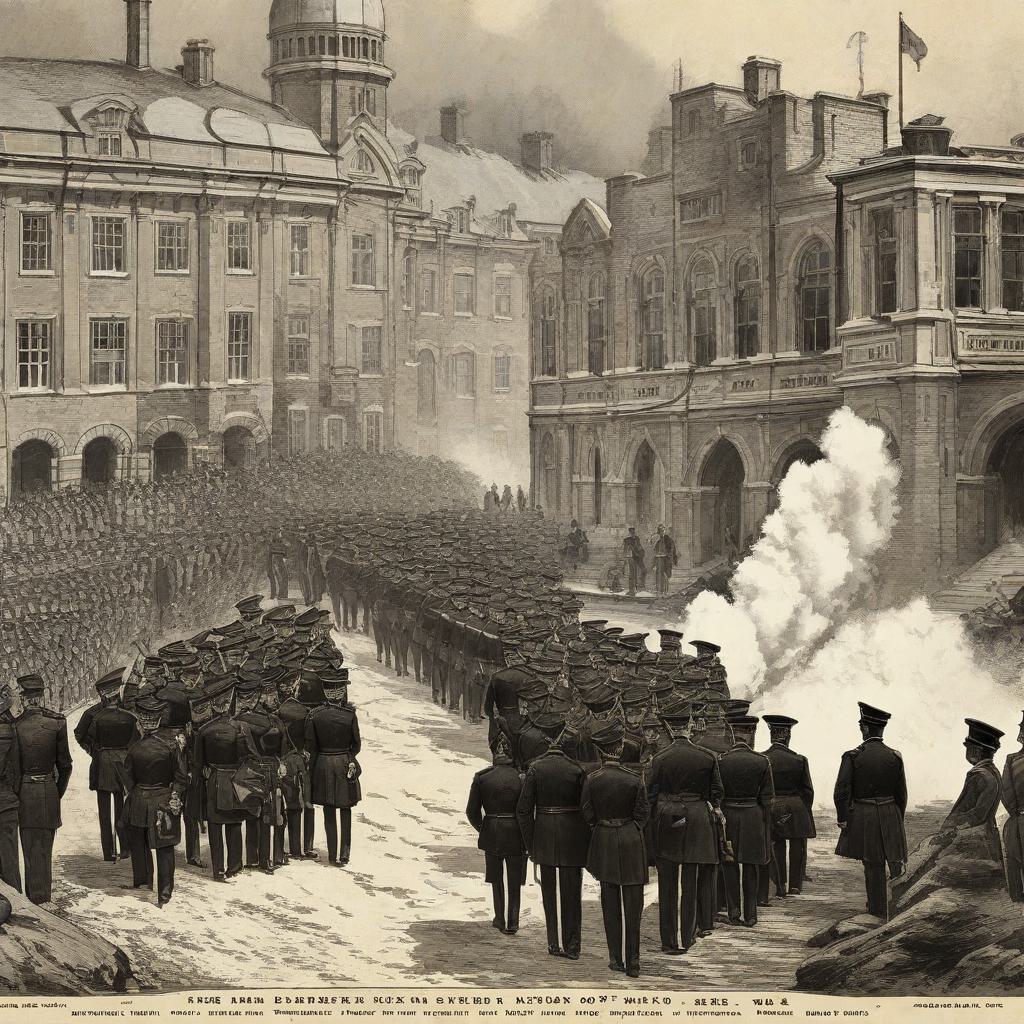Here we will discuss about Dalhousie’s annexation of both war and peace, Punjab (1849), Pegu (Lower Burma) (1852), Doctrine of Lapse
Lord Dalhousie’s Expansion of British India: Annexations by War and Lapse
Lord Dalhousie, serving as Governor-General of India from 1848 to 1856, wielded significant influence over the territorial expansion of British India. His policies, though lauded for infrastructural development, were marked by aggressive annexation efforts, both through military conquest and the controversial Doctrine of Lapse.
Annexations by Conquest
Dalhousie utilized military force to annex strategically vital regions and suppress uprisings. Two prominent examples stand out:
Punjab (1849)
After the Second Anglo-Sikh War, British forces dismantled the Sikh Empire, directly annexing Punjab. This conquest secured control over the northwest frontier and facilitated trade routes to Central Asia.
Pegu (Lower Burma) (1852)
Following clashes over trade and borders, British troops seized Pegu, the Burmese capital. This annexation granted access to teakwood resources and expanded trade prospects in Southeast Asia.
Annexations by Doctrine of Lapse
Dalhousie’s Doctrine of Lapse allowed the British East India Company to annex princely states lacking natural heirs, a policy viewed as contentious and unjust by many Indian rulers.
Doctrine of Lapse
This policy stipulated that territories without legitimate heirs would revert to British control, even if an adopted heir existed but was unrecognizing by the British.
Examples
Under this doctrine, states like Satara (1848), Jhansi (1853), Nagpur (1854), and Oudh (1856) were annexed, consolidating British authority in Central India.
Dalhousie’s expansionist agenda bolstered British supremacy but also sowed seeds of discontent, fueling Indian nationalism. The annexation of Oudh notably contributed to the Sepoy Mutiny of 1857, a pivotal revolt against British rule.
Read more-https://sonulive.in/dalhousies-predecessors-general-principles-of-avoiding-annexation/

